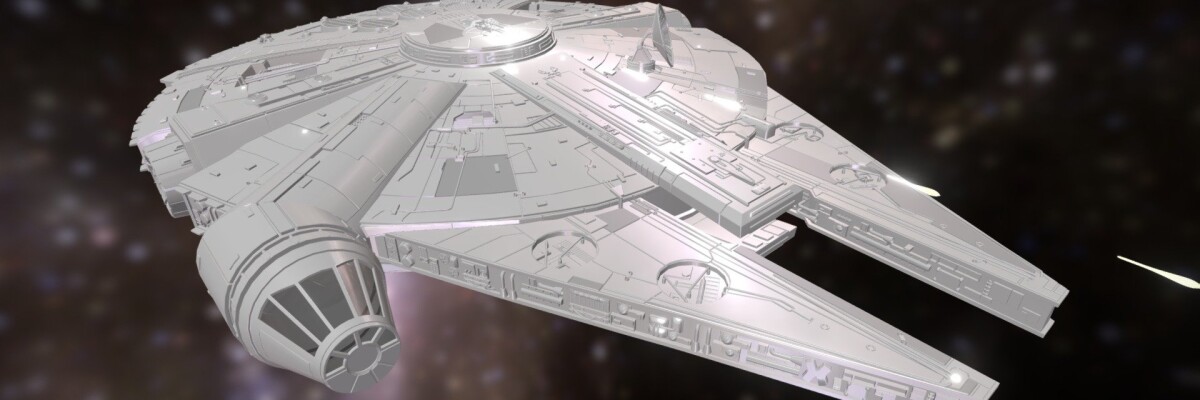The creature was named Millennium Falcon, after the famous spaceship featured in the Star Wars sage. The reason behind the name is the similarity between the ship and the shape of the animal’s carapace.
In the early 20th century, paleontologist Charles Walcott discovered the Burgess Shale - a fossil ridge in the Canadian Rockies which was formed approximately 508 million years ago.
This area soon became the source of numerous interesting scientific finds, which led to its designation as a UNESCO World Heritage site in 1980. Another discovery was recently made in the Burgess Shale: an arthroprod named Cambroraster falcatus, which is the Latin version of ‘Millennium Falcon’.
This creature is just 30 centimeters in length, with a disproportionately large carapace covering the entire top part of its body. Scientists believe that the Millennium Falcon was a highly specialized predator. It used to hunt for prey at the bottom of water bodies by ploughing the top layer of the soil using a series of appendages and hooked spines surrounding its mouth. This contradicts the common belief that only the simplest lifeforms existed in the Cambrian Period.
Share this with your friends!





Be the first to comment
Please log in to comment